Significance
Sucuo’s Zhenhu Temple is one of the original centers of Wangye worship in the Zengwen River area. It is considered to be an important temple for the study of Wangye folk religion and the Wangye Boat-Burning Festival—a major event that is one of the most significant Wangye worship activities in western Taiwan. The festival’s pilgrimage includes large incense offerings as well as the traditional five-day series of Wangye worship rituals. The temple is in possession of a Wangye boat made of Hinoki, or juniper wood, crafted over half a century ago. The boat’s hold was designed to resemble the structure of Zhenhu Temple. The boat is one of the highlights of the temple’s parade procession.
History
In the past, the primary temple of the Sucuo area was Changxing Temple. A villager surnamed Guo, who worshipped Lords Lee, Chi, Wu, Chu, and Fan—the five lords collectively known as Wangye, and who had kept the Wangye statues in his home, decided to relocate them to Changxing Temple. Followers of Wangye later decided to break away from Changxing Temple, and in 1993, they established Sucuo’s Zhenhu Temple to enshrine the Wangye statues. The Wangye Boat-Burning Festival dates to 1864. In that year, Liuying Village’s Daitianyuan temple constructed a Wangye boat alongside the Zengwen River and sent it out to sea as an offering with effigies of the Lords Li, Chi, Wu, Zhu and Fan, as well as a statue of Mazu. The boat was launched three times, but each time returned to its original spot despite traveling against the current. This was interpreted as a sign that the deities wished to remain in Liuying. Afterwards, worshippers organized the Wangye Boat-Burning Festival to commemorate the event. Zhenhu Temple possesses a Hinoki wood Wangye boat that was constructed in 1958. This boat is still used to take Wangye on inspection tours during festivals in which the boat forms part of the procession. Anding Zhenhu Temple’s Wangye Boat-Burning Festival was designated a folk custom of Tainan City in 2009.
Special Features
1Festival Proceedings
 Zhenhu Temple’s Wangye Boat-Burning Festival is held once every three years, during the years of the Ox, Dragon, Sheep, and Dog. It takes place around the beginning of the third lunar month. The proceedings are as follows:
Zhenhu Temple’s Wangye Boat-Burning Festival is held once every three years, during the years of the Ox, Dragon, Sheep, and Dog. It takes place around the beginning of the third lunar month. The proceedings are as follows:
1. Selection of festival officials: During the eighth lunar month of the year before the festival, divination blocks (a traditional Chinese divination method in which moon-shaped wooden blocks are thrown and the way they land interpreted to determine divine guidance) are cast to choose the festival director, ten primary and secondary representatives of participating villages who carry out ceremonial rituals, and other staff and support. The director and the representatives form the core of the organizing committee.
2. Event preparation: The director begins arranging all the festival’s ceremonies and events after the mid-autumn celebration of the year preceding the festival.
3. Building the Wangye boat: the construction of the boat used during the festival must be completed before the end of the year preceding the festival.
4. Debut of the Wangye boat: Around the beginning of the second lunar month in the year of the festival, ceremonies are held inside the shipyard where the boat was constructed. The boat is then presented to the public to allow worshippers to pay their respects.
5. The five-day worship ritual: A five-day sacrificial ceremony is held during the second lunar month.
6. The inspection: Three Wangye statues are taken on an inspection tour on the day of the ceremony. The route will take them by the director’s village and that village’s main temple.
7. The burning of the boat: The burning of the Wangye boat takes place on a morning at the end of the second lunar month or the beginning of the third lunar month in an open space not far from the temple. The boat is first packed with provisions such as daily supplies and food, and then the Wangye statues are escorted onto the boat. The organizing officials are attired as Qing dynasty officials, while staff members wear Qing official headwear and traditional white gowns in a gesture of respect to traditions. The boat is then transported two hundred meters to the site of the burning. As tens of thousands of worshippers line the streets for the ceremony, it oftentimes takes over an hour for the boat to arrive. As the procession moves forward, water is sprinkled ahead of the boat to symbolize the creation of a waterway for the boat to sail on. The ceremony reaches its climax when the boat is set alight.
2The Hinoki Wood Wangye BoatA Wangye boat made of Hinoki is housed inside the shipyard located in front of the temple. The boat, constructed in 1958, is 4.84 meters long and 2.12 meters wide. It comes complete with an engine and a ship’s wheel, and the boat itself is placed on wheels. It was designed to resemble an ancient Chinese war junk. The bow is painted with a sword lion totem to ward off evil spirits, while the hull is adorned with colorful designs. The design of the hold replicates Zhenhu Temple in miniature. The bow is dedicated to Wangye while the stern is dedicated to Mazu and Guanyin. The vessel is used for Wangye’s divine inspections.
3The Wangye Boat for Burning
 The process of constructing the boat used in the Wangye Boat-Burning Festival is complex. The shipbuilders not only have to invite the deities to oversee the entire process, but also have to hold separate rituals to mark the start of the work, the laying of the keel, and the placing of the mast. As the boat is intended to be used by deities on the lookout for disease and bad luck, and these patrols are expected to last a long time, it is equipped with everything from navigational tools, ceremonial weaponry, and official documents to daily necessities, cigarettes, and recreational items. Each Wangye boat is unique in size and appearance, as it is constructed based on the specifications of the deities. In general, a boat will measure ten meters in length and three meters in width with a ten-meter-high central mast. The boat resembles ancient Chinese warship and is covered in colorful paintings. It also carries the Wangye banner and papier-mâché representations of the deities. The Wangye Boat-Burning Festival concludes with the auspicious burning of the boat to solicit peace and good fortune.
The process of constructing the boat used in the Wangye Boat-Burning Festival is complex. The shipbuilders not only have to invite the deities to oversee the entire process, but also have to hold separate rituals to mark the start of the work, the laying of the keel, and the placing of the mast. As the boat is intended to be used by deities on the lookout for disease and bad luck, and these patrols are expected to last a long time, it is equipped with everything from navigational tools, ceremonial weaponry, and official documents to daily necessities, cigarettes, and recreational items. Each Wangye boat is unique in size and appearance, as it is constructed based on the specifications of the deities. In general, a boat will measure ten meters in length and three meters in width with a ten-meter-high central mast. The boat resembles ancient Chinese warship and is covered in colorful paintings. It also carries the Wangye banner and papier-mâché representations of the deities. The Wangye Boat-Burning Festival concludes with the auspicious burning of the boat to solicit peace and good fortune.
Reminders
The Wangye Boat-burning Festival is held on a triennial basis during the third lunar month of the year. According to tradition, people who are ritually unclean or not involved in the festival organization during the period of the festival are not allowed to enter the shipyard where the boat is constructed. People are also prohibited from making statements lamenting the burning of the boat in its presence out of respect for the deities.
Panoramic
Directions